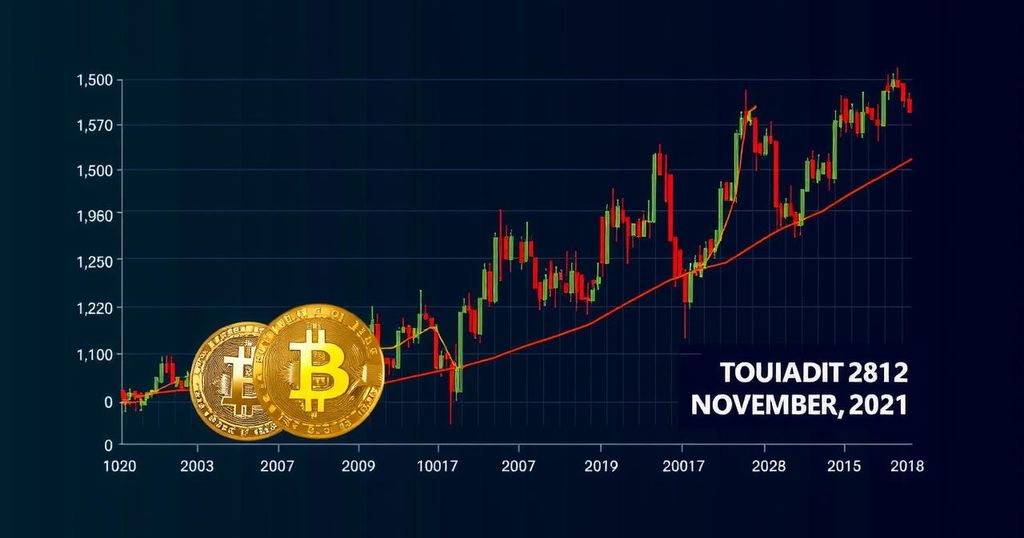Bitcoin Miner Crisis Fades: What’s Next for BTC?
The Bitcoin mining industry has recently shown positive signs of recovery from a challenging three-month period, as evidenced by the Hash Ribbon metric. This metric, which monitors miner stress, has indicated a cessation of miner capitulation, signifying improved stability in the sector.
Following the halving event in April, which resulted in a reduction of Bitcoin miners’ revenue, the industry faced a profitability crisis that led to miner capitulation. However, there appears to be a shift in the tide, with the mining sector displaying signs of improvement.
According to CryptoQuant, a cryptocurrency analytical platform, the Hash Ribbon metric has displayed an ‘end to miner capitulation’ signal. This is significant as the metric’s green signal consistently aligns with a sharp decline in hash rate, which denotes the computational power necessary for mining BTC.
During the BTC miner crisis, less efficient players are typically forced out of the market, while major players like MARA adjust by implementing new machinery and optimization techniques to remain viable.
As the BTC hash rate has rebounded and reached a record high of 638 EH (exa hashes), miners have begun utilizing more efficient equipment and are less inclined to sell their mined BTC.
This change in miner behavior is also reflected in the decrease of Miners’ Flow Volume Share from its recent peak of 20% in May to below 10% in August, according to Into The Block data. Miners’ Flow Volume Share monitors miners’ activity in relation to the overall on-chain volume, indicating a diminished impact of miners on BTC prices.
The downward trend of BTC sent from miner wallets to centralized exchanges, as monitored by Miner Outflows, further corroborates this narrative. Following noticeable spikes in May and August, Miner Outflows have significantly decreased, alleviating the selling pressure from miners and potentially enabling BTC prices to rally and reverse recent declines.
From a price analysis perspective, BTC has struggled to maintain levels above $60K since the significant drop to $49K in early August. Despite attempts to reclaim the range-lows at $60.7K, BTC remains in a bearish market structure, with the price below the 200-day Simple Moving Average (SMA) and facing short-term supply near $63K.
For BTC’s prospects of further recovery to improve, it will be necessary to overcome the supply area at $63K and establish it as a support level.
With the miner crisis subsiding and key metrics indicating a reduced influence from miners, the road ahead for BTC may be poised for a potential rally and recovery.








Post Comment